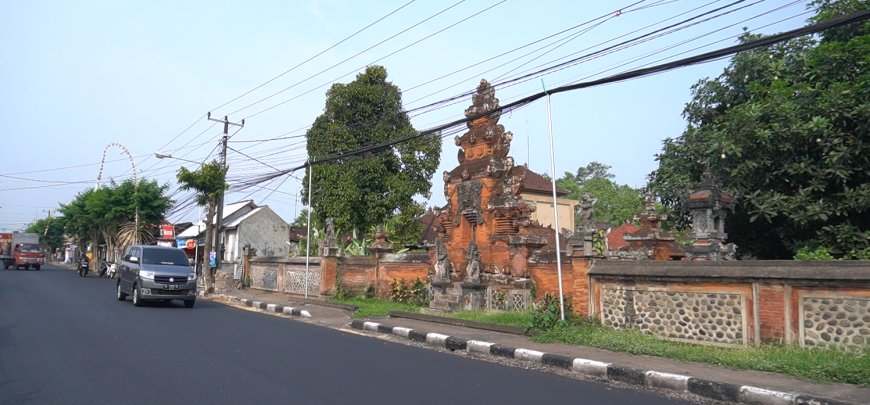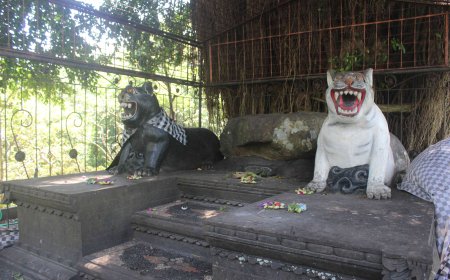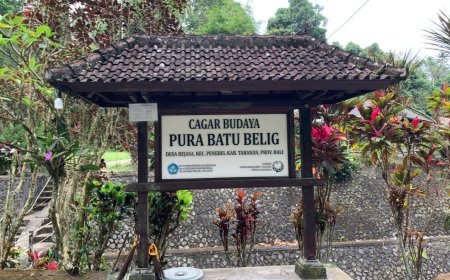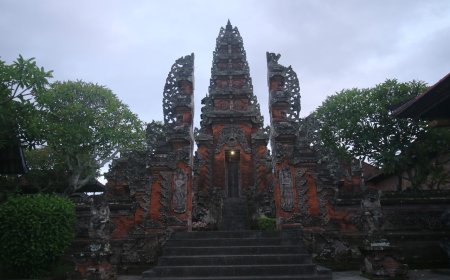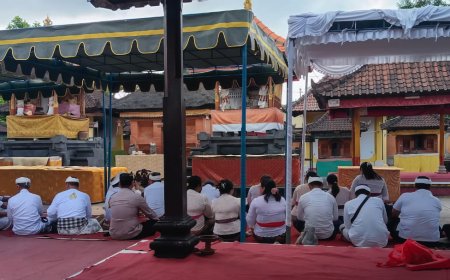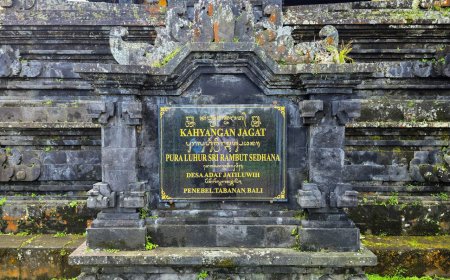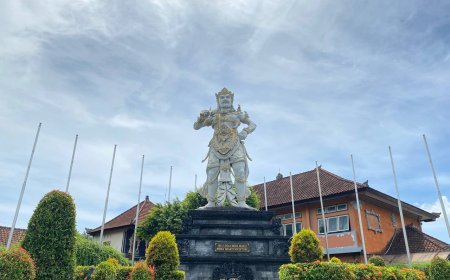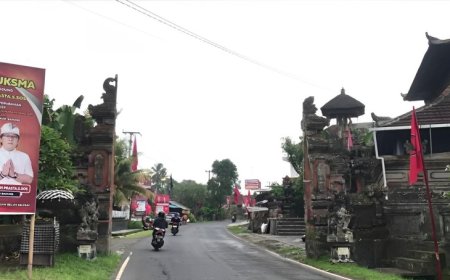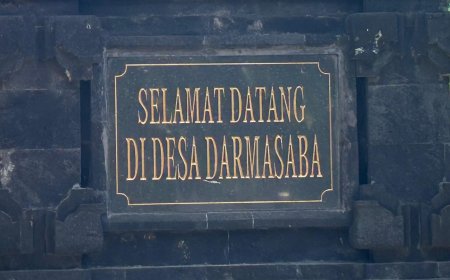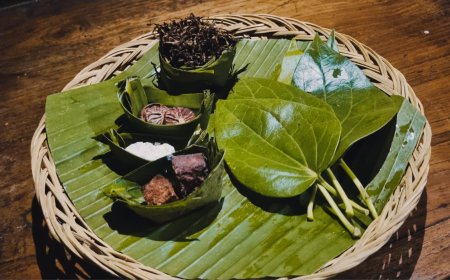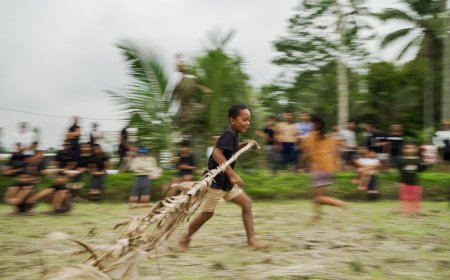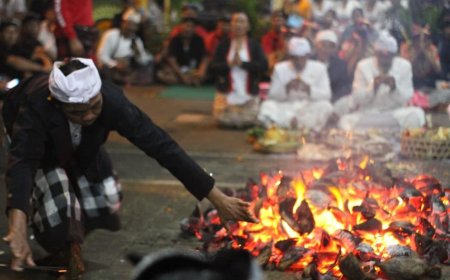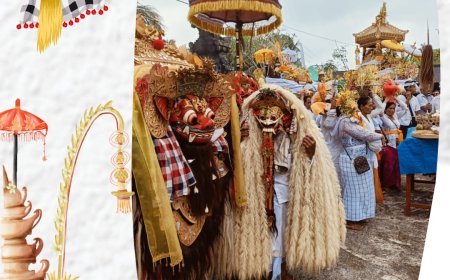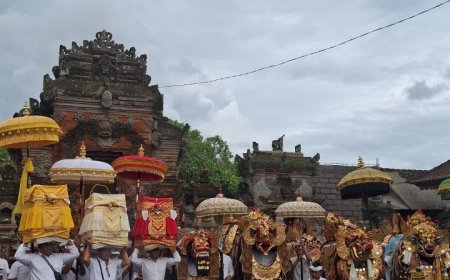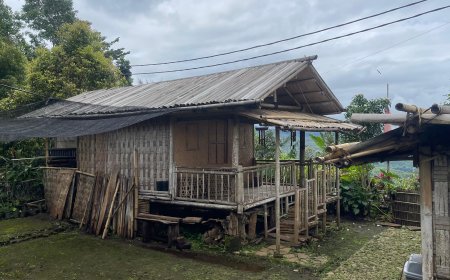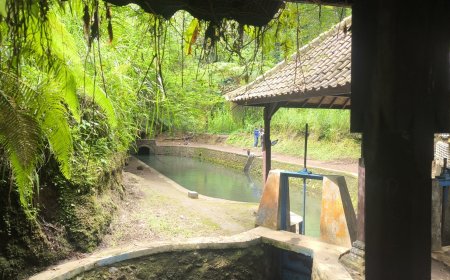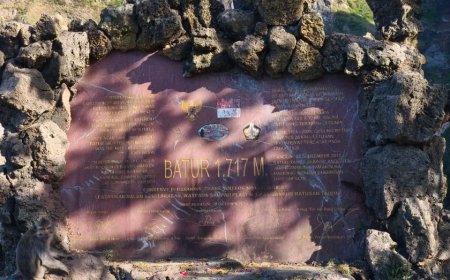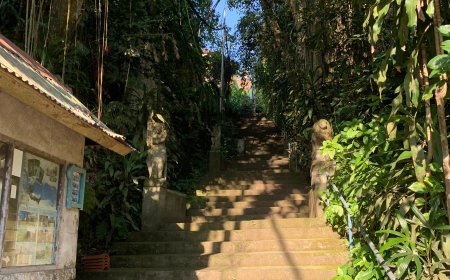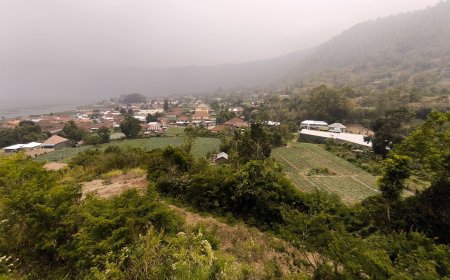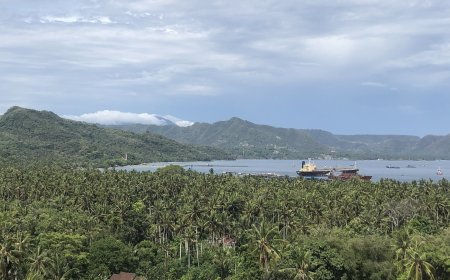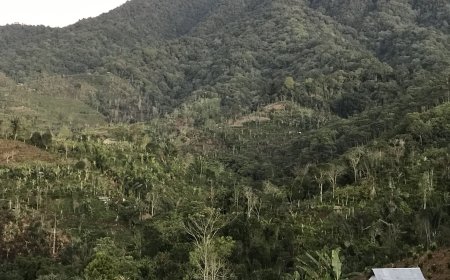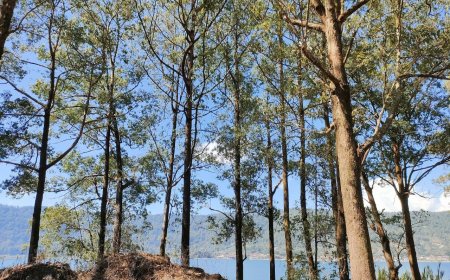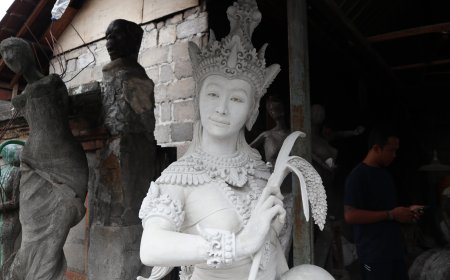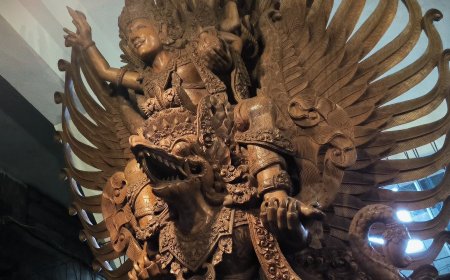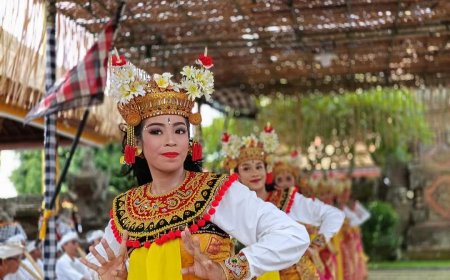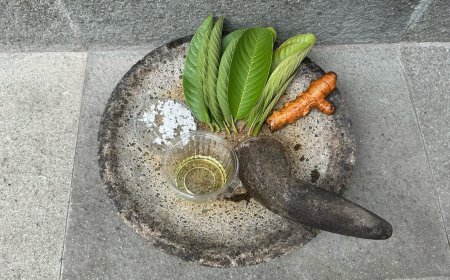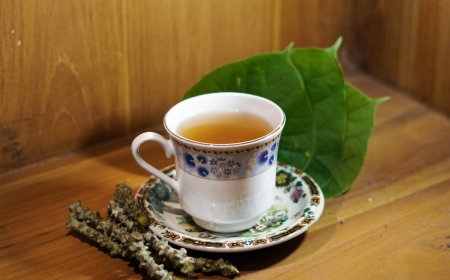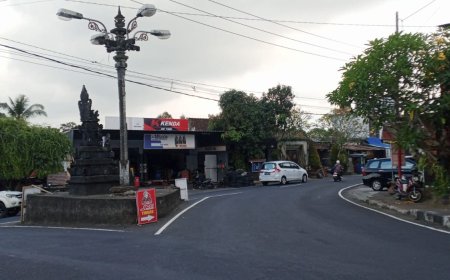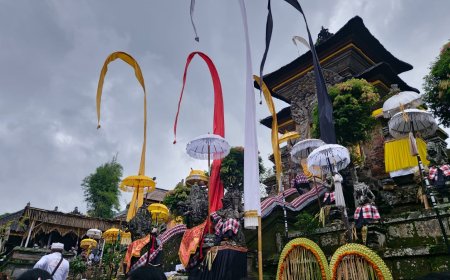Cempaka Flower Tree (Source: Personal Collection)
Cempaka flowers hold profound meaning for the residents of Sibang Kaja Village. The trees, thriving throughout the village, fill the morning air with their distinctive, calming fragrance, creating a peaceful ambiance. The soothing aroma of these flowers not only brings tranquility but also becomes an inseparable part of the villagers' daily lives. In Balinese Hindu tradition, cempaka flowers are often used as a key ingredient in the creation of canang sari, sacred offerings symbolizing purity and gratitude to the gods.
In addition to its role in religious ceremonies, the cempaka flower also reflects the harmonious relationship between the villagers and their natural surroundings. The villagers care for these trees with great attention, ensuring their beauty is preserved for future generations to enjoy. It is no wonder that the fragrance of the cempaka flower becomes a captivating attraction, drawing many tourists to experience the natural charm of this village.
At the heart of Sibang Kaja Village stands Pura Puseh, a sacred temple dedicated to Lord Vishnu, the protector of the universe. Deeply respected by the local community, this temple serves as the hub for significant religious and cultural events. Surrounded by lush cempaka trees, Pura Puseh radiates a tranquil and sacred ambiance, offering peace to all who visit.

Pura Puseh, Sibang Kaja Traditional Village (Source: Personal Collection)
The temple’s architecture is striking, featuring a grand gate adorned with intricate Balinese carvings and meaningful ornaments that reflect the magnificence of local culture. The scent of cempaka flowers wafting through the temple grounds adds to the solemnity of each ritual performed. For visitors, Pura Puseh is more than a place of worship it is a haven for reflection and meditation, offering serenity to the soul.
Sibang Kaja Village exemplifies a perfect balance between nature, humanity, and tradition. The local community meticulously preserves the environment by carefully nurturing cempaka trees and adopting organic farming practices in their daily lives. Cultural traditions continue to thrive through various artistic and religious activities. Visitors to the village can participate in experiences such as creating canang sari offerings, learning Balinese dance, or tasting traditional village cuisine. These activities not only introduce local culture but also foster stronger connections between visitors and the villagers.
Sibang Kaja Village demonstrates exceptional dedication to preserving its local customs and cultural heritage. The village leader, Bendesa Adat Sibang Kaja, emphasizes the importance of the younger generation by stating, "Iraga sareng sami dados program yowana sane mawinan ngajegang adat miwah budaya" (“Together, we create youth programs to uphold traditions and culture”). This statement reflects the community’s strong commitment to encouraging young people to play an active role in safeguarding the ancestral legacy. These traditions are not only the village's unique identity but also a symbol of harmony between humanity and nature.

Interview with the Bendesa Adat of Sibang Kaja (Source: Personal Collection)
Various programs designed specifically for the younger generation serve as a bridge between traditional values and the dynamics of modern life. Through activities such as cultural arts training, the creation of ceremonial offerings, and social initiatives, young people are given the opportunity to contribute directly to preserving and developing the village's traditions. These efforts aim to foster pride in their ancestral heritage while also strengthening solidarity within the community.
These initiatives not only seek to preserve tradition but also ensure that Sibang Kaja Village remains a living and relevant example of a traditional village amidst changing times. With collaboration between the youth and traditional leaders, the people of Sibang Kaja are optimistic that their noble traditions will endure and be passed down to future generations, creating an everlasting harmony between culture, humanity, and nature.
